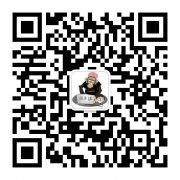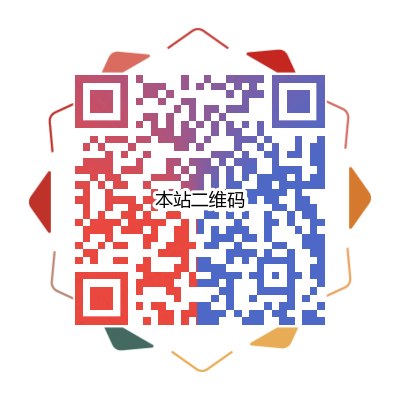- A+
In the modern world, free trade policy is often implemented by mutual and formal agreement between the nations concerned. However, a free trade policy may simply be the absence of trade restrictions. Not surprisingly, financial markets see the other side of the coin. Free trade is an opportunity to open up another part of the world to domestic producers. There are important differences between customs unions and free trade areas. Both types of trading blocs have internal agreements that the parties conclude in order to liberalize and facilitate trade between them. The crucial difference between customs unions and free trade areas lies in their relations with third parties. While a customs union requires all parties to establish and maintain identical external tariffs for trade with non-contracting parties, parties to a free trade area are not subject to such a requirement. Instead, they may introduce and maintain any customs procedure applicable to imports from non-Contracting Parties if they deem it necessary. [3] In a free trade area without harmonised external tariffs, the Parties will introduce a system of preferential rules of origin to eliminate the risk of trade travel. [4] At the international level, there are two important freely accessible databases developed by international political and economic organizations: the concept of free trade is the opposite of trade protectionism or economic isolationism.
Rules of origin are used to determine whether goods qualify for duty-free or reduced duties under the rules of the FTA, even though they may contain non-originating (non-FTA) components. A free trade agreement is a pact between two or more countries aimed at removing barriers to imports and exports between them. Under a free trade policy, goods and services can be bought and sold across international borders without customs duties, quotas, subsidies or government bans hindering their trade. In the General Agreement on Tariffs and Trade (GATT 1994), free trade agreements were originally defined to cover only trade in goods. [5] An agreement with a similar objective, namely to promote the liberalization of trade in services, is referred to in Article V of the General Agreement on Trade in Services (GATS) as an "economic integration agreement". [6] In practice, however, the term is now often used [by whom?] to refer to agreements that concern not only goods, but also services and even investment. Environmental regulations have also become increasingly common in international investment agreements such as free trade agreements. [7]:104 The free trade policy was not so popular with the general public. Among the main problems are unfair competition from countries where lower labour costs allow for price reductions and the loss of well-paying jobs to manufacturers abroad. However, completely free trading in the financial markets is unlikely in our time.
There are many supranational regulators of global financial markets, including the Basel Committee on Banking Supervision, the International Organization of the Securities Commission (IOSCO) and the Committee on Capital Movements and Invisible Transactions. The WTO has broadened its perspective on rules of origin. The General Agreement on Tariffs and Trade (GATT), which replaced the WTO, required that rules of origin be transparent and managed in a consistent, uniform, impartial and reasonable manner. The WTO has sought to clarify these restrictions and harmonize rules between countries on the basis of the Agreement on Rules of Origin adopted by GATT in 1994. Rules of origin can also be used to interpret laws that govern labelling requirements, such as.B. Stickers and to assist in the production of bilateral trade statistics. This conversion requires a change from the HS classification code of non-originating components to the HS code of the final product (e.g. B transformation of wood into furniture). Learn more about level-based rules. The rules for determining the country of origin can be very simple if a product is grown or manufactured and assembled entirely in a single country. However, if a finished product contains components from many countries, determining origin can be more complex.
Rules of origin can be very detailed and specific and vary from agreement to agreement and product to product. Trade creation and trade diversion are crucial implications for the creation of a free trade agreement. The creation of businesses will shift consumption from a low-cost producer to a low-cost producer, and trade will therefore grow. On the other hand, trade diversion will shift trade from a lower-cost producer outside the territory to a more expensive producer under the free trade agreement. [16] Such a change will not benefit consumers under the FTA, as they will be deprived of the opportunity to purchase cheaper imported products. However, economists note that trade diversion does not always harm aggregate national welfare: it can even improve the overall welfare of governments if the volume of diverted trade is low. [17] Now that you have applied your rule of origin and know that your product qualifies for the preferential duty rate of the FTA, you can certify the origin of the goods [...].
- 我的微信
- 微信扫一扫
-

- 我的微信公众号
- 微信公众号扫一扫
-


